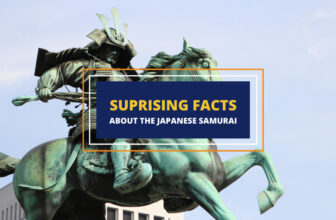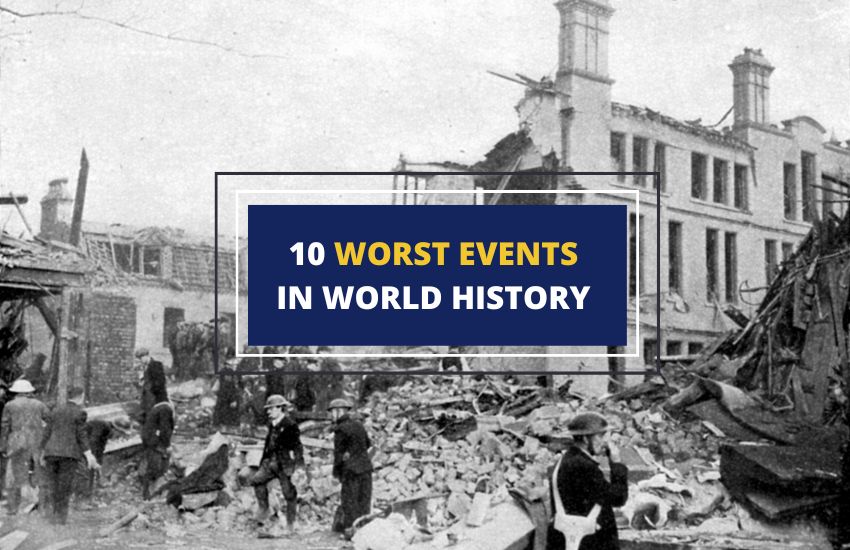
Table of Contents
Throughout history, humanity has faced numerous tragedies, from natural disasters to man-made catastrophes. Some of these events have left an indelible mark on the world and continue to impact us today.
The loss of human life, destruction of cities and communities, and the deep scars left on survivors and future generations are just some of the consequences of these catastrophic events.
In this article, we’ll explore some of the worst events in world history, examining the causes, consequences, and impact they have had on the world. From ancient times to the modern era, these events serve as a reminder of the fragility of human life and the importance of learning from our past mistakes.
1. World War I
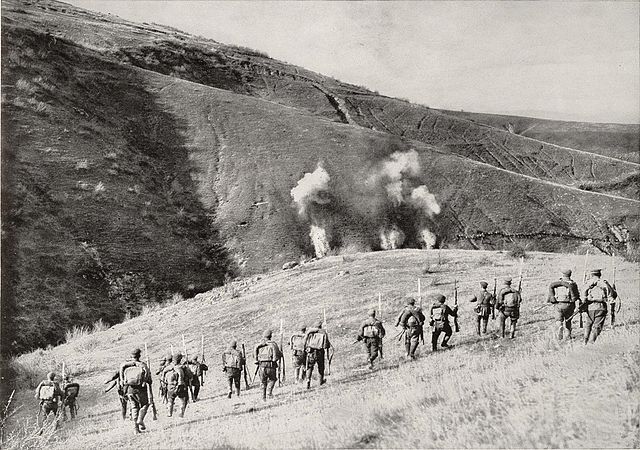
Considered to be ground zero for all the major human conflicts that would involve international countries and territories, the First World War was a brutal tragedy. Carrying on for more than four years (from August 1914 to November 1918), the First World War claimed the lives of nearly 16 million military personnel and civilians.
The destruction and carnage that resulted from the advent of modern military technology, including trench warfare, tanks, and poison gasses, were unfathomable. Compared to other major conflicts that preceded it, such as the American Civil War or the Seven Years’ War, it was a meat-grinder for young soldiers.
It was the assassination of Archduke Franz Ferdinand that set off the first world war. After his demise, Austria-Hungary declared war on Serbia, and the rest of Europe joined the fray.
Nearly 30 nations were embroiled in the war, with the major players being Britain, Italy, the United States, Russia, and Serbia as the Allies.
On the other side, it was primarily Germany, the Ottoman Empire (Present day Turkey), Bulgaria, and Austria-Hungary, the latter of which separated after concluding the first world war.
2. World War II
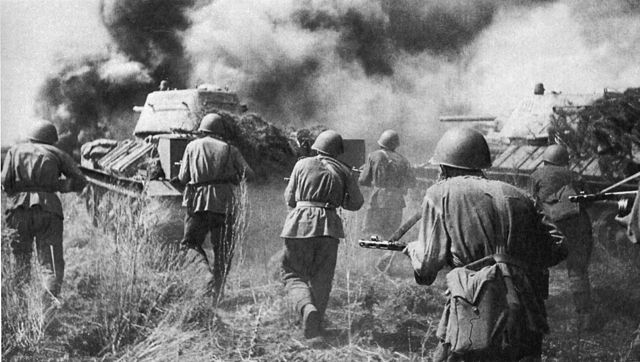
With no more than two decades for Europe and the rest of the world to recover, the Second World War was on the horizon. To everybody’s surprise, this second iteration aggravated things even further. Starting in September of 1939 and concluding by 1945, the Second World War was even more atrocious. This time, it claimed the lives of more than 100 million soldiers from nearly fifty nations worldwide.
War-torn Germany, Italy, and Japan were the instigators of the war. Declaring themselves the “Axis,” they started invading Poland, China, and other neighboring territories. Russia, China, France, Great Britain, the United States, and their colonies were on the opposing side as the Allies.
Military technology was also advanced during the twenty or so years of peace. So with modern artillery, motorized vehicles, airplanes, naval warfare, and the atomic bomb, the death toll rose exponentially.
Events such as the Holocaust, the rape of Nanking, Stalin’s Great Purge, and the atomic bombs on Hiroshima and Nagasaki can all be attributed to the Second World War. These would further escalate to the death of millions of innocent civilians.
3. The Black Death
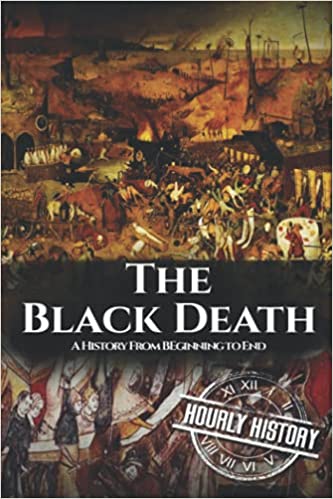
One of the most devastating pandemics in human history was the Black Death that occurred during the 14th century. It is estimated to have killed almost 30 million people and spread across the entire European continent in just six years, from 1347 to 1352.
The plague caused major cities and trade hubs to be abandoned, and it took more than three centuries to recover. Although the actual cause of the Black Death remains a subject of debate, it is widely accepted that it was spread by rats, fleas, and parasites they carried.
People who came into contact with these parasites would develop painful black sores around their groin or armpits, which would attack the lymph nodes and, when left untreated, could travel to the blood and respiratory system, eventually causing death. The Black Death was a tragedy that profoundly impacted the course of human history.
4. Covid-19 Pandemic

As the modern yet less severe rendition of the Black Death, the Covid-19 epidemic was a lethal disaster. Currently, it’s claimed the lives of more than six million people, with thousands who are left suffering from long-term medical conditions.
Common symptoms include fever, shortness of breath, exhaustion, headaches, and other flu-like symptoms. Luckily there are remedies to help combat the symptoms, and several vaccines were also developed to create immunity against this deadly disease.
The pandemic was declared internationally on the 30th of January 2020. Three years have passed, and we still haven’t fully recovered from this deadly disease. Several variations exist, and most countries are still reporting live cases.
Also, Covid had a detrimental effect on the global socio-economic landscape. The breakdown of supply chains and social isolation are just a few of the most common issues left in its wake.
Although it might seem like a trifle compared to the black death or the Spanish flu, it could have been more severe if our healthcare and information networks (such as the news and internet) were not as well-developed.
5. The 9/11 Attacks
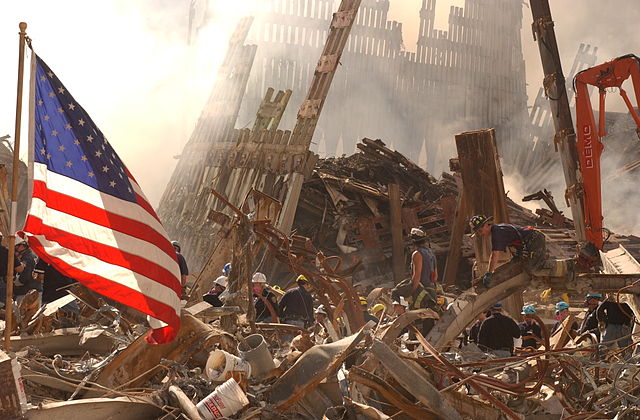
The September 11 attacks, also known as 9/11, left an indelible mark on the world and changed the course of history. The hijacked planes were used as weapons, striking the World Trade Center’s twin towers and the Pentagon, causing the buildings’ collapse and extensive damage to the surrounding areas.
The attack was the deadliest terrorist incident in human history, claiming the lives of over 3,000 people and leaving thousands more injured. The rescue and recovery efforts took months to complete, with first responders and volunteers working tirelessly to search for survivors and clear the debris.
The events of 9/11 led to significant changes in American foreign policy, resulting in the war on terror and the invasion of Iraq. It also intensified anti-Muslim sentiment worldwide, leading to increased surveillance and discrimination against Muslim communities.
As we approach the 20th anniversary of this tragic event, we remember the lives lost, the bravery of first responders and volunteers, and the unity that emerged from the rubble.
6. Chernobyl Disaster
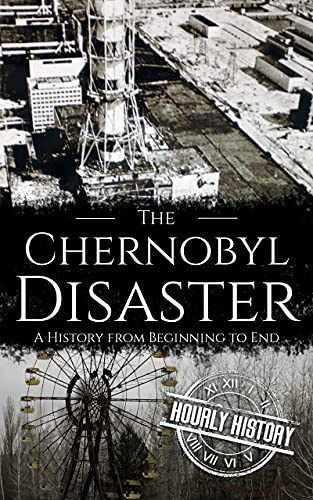
The Chernobyl disaster is our most recent and catastrophic reminder of the dangers of nuclear power. Because of this accident, nearly 1,000 square miles of land were deemed uninhabitable, almost thirty people lost their lives, and 4,000 victims suffered the long-term effects of radiation.
The accident occurred in a nuclear power plant belonging to the Soviet Union in April 1986. It was located near Pripyat (now an abandoned city in Northern Ukraine).
Despite varying accounts, the incident was said to have been due to a defect in one of the nuclear reactors. A power surge caused the faulty reactor to explode, which, in turn, unmasked the core and leaked radioactive material into the outside environment.
Inadequately trained operators were also blamed for the incident, although it could be a combination of both. This disaster was considered one of the driving forces behind the dissolution of the Soviet Union and paved the way for more strict legislation regarding nuclear power safety and utilization.
The Chernobyl exclusion zone is still considered uninhabitable, with experts predicting it would take decades for the radioactive material to break down.
7. European Colonization of the Americas
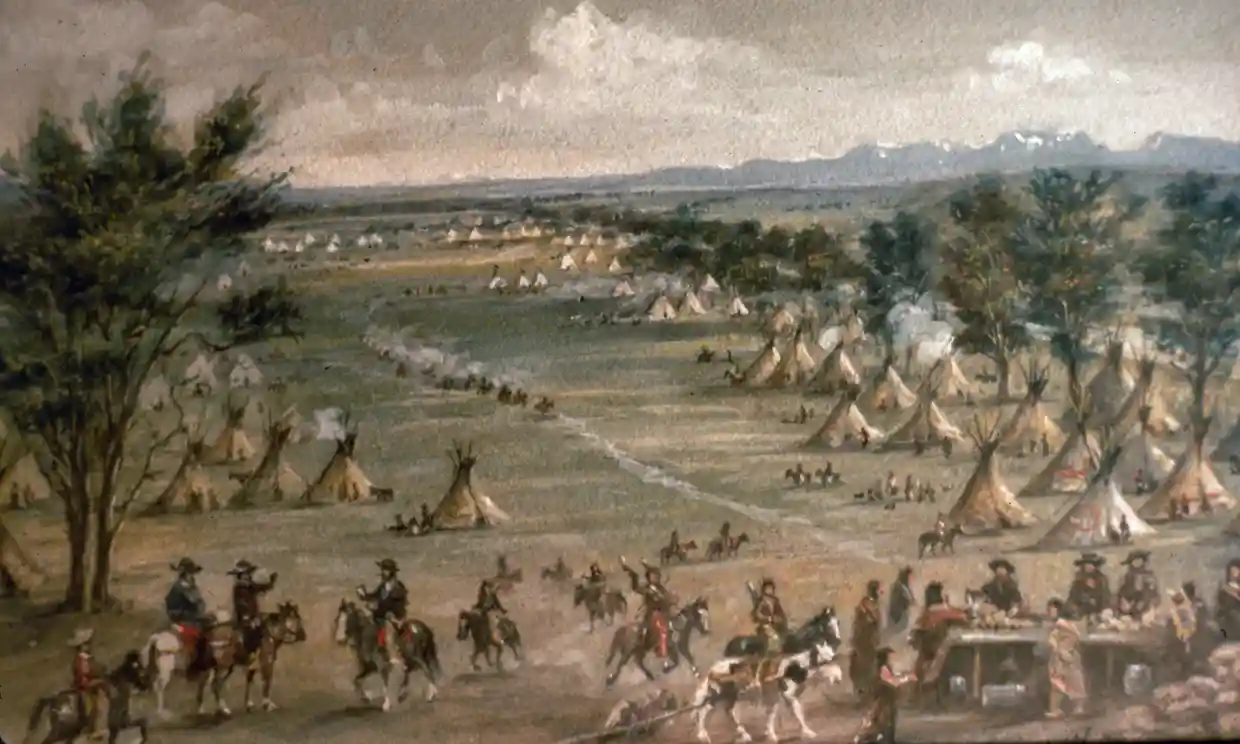
The European colonization of the Americas had far-reaching and devastating consequences for the indigenous people. From the beginning of Christopher Columbus’s voyage in 1492, the European settlers laid waste to thousands of square miles of farmland, caused environmental destruction, and claimed the lives of nearly 56 million Native Americans and other indigenous tribes.
Furthermore, the transatlantic slave trade emerged as another heinous side effect of colonization. The colonists established plantations in America, where they enslaved natives or imported slaves from Africa. It resulted in an additional death toll of 15 million civilians between the 15th and 19th centuries.
The impact of colonization can still be seen in the cultural, religious, and social practices of the Americas. The birth of independent nations in the Americas is also a direct result of the colonization period. Although it is not as tragic for the victors, the European colonization of the Americas is an undeniable disaster for the indigenous people that has left lasting scars.
8. Mongolian Expansion
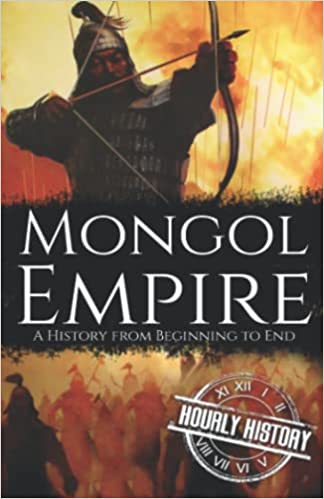
Genghis Khan’s conquests during the 13th century were another period of conflict that resulted in the death of millions.
Originating from the steppes of Central Asia, Genghis Khan unified the Mongolian tribes under one banner. Utilizing their skill in horseback archery and intimidating military tactics, the Mongolians rapidly expanded their territories.
Sweeping through Central Asia, Genghis Khan and his armies would take over regions of the Middle East and even Eastern Europe. They assimilated different cultures and traditions, bridging the gap between the East and the West.
Although they were tolerant of other cultures and promoted trade, their efforts of expansion didn’t always include peaceful takeovers. The Mongol army was ruthless and slaughtered around 30-60 million people.
9. China’s Great Leap Forward
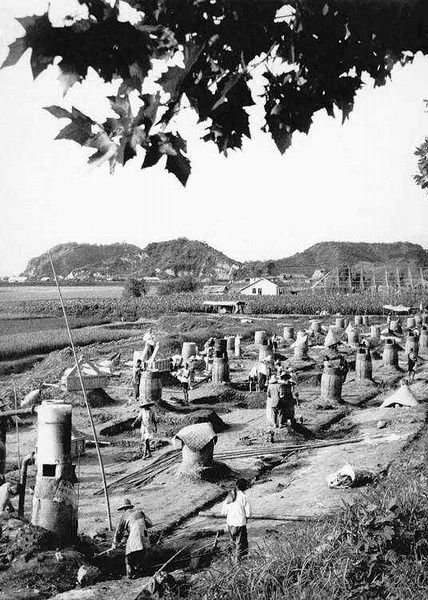
Despite China being the country with the largest population in the world and the most substantial slice of the pie in global manufacturing, its transition from an agrarian society to an industrialized one was not without its issues.
Mao Zedong initiated the project in 1958. However, despite the good intentions, the program was detrimental to the Chinese people. Economic instability and a great famine caught on, starving almost thirty million Chinese citizens and affecting millions more with malnutrition and other ailments.
Food shortages ensued because of Mao’s unrealistic grain and steel production quotas and mismanagement. Those who opposed the plan were silenced, and the burden fell on the Chinese people.
Luckily, the project was abandoned in 1961, and after Mao’s death in 1976, the new leadership adopted new policies to prevent this from happening again. China’s Great Leap Forward is a brutal reminder of the impracticality of most aspects of Communism and how desperately trying to “save face” can often end in disaster.
10. Pol Pot’s Regime
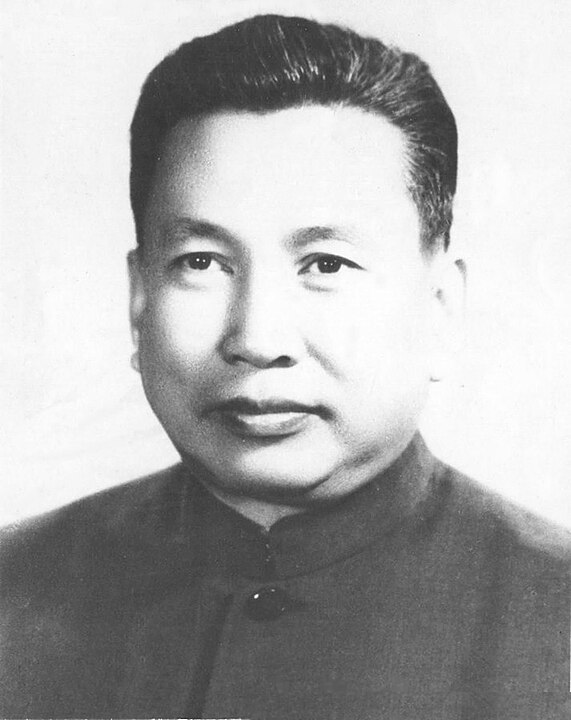
Pol Pot’s regime, also known as the Khmer Rouge, was one of the most brutal in modern history. During their rule, they targeted intellectuals, professionals, and those associated with the previous government. They believed that these people were tainted by capitalism and could not be trusted.
The Khmer Rouge forced the relocation of urban residents to rural areas, with many dying due to the harsh living conditions. Pol Pot also implemented a system of forced labor, where people were forced to work for extended periods with little to no rest, leading to many deaths.
One of the most infamous Khmer Rouge policies was the execution of anyone suspected of opposing their regime, including women and children. The regime targeted ethnic and religious minorities as well, leading to widespread genocide.
Pol Pot’s reign of terror was finally put to an end when the Vietnamese army invaded Cambodia in 1979. Despite his overthrow, Pol Pot continued to lead the Khmer Rouge until his death in 1998. The impact of his regime is still felt in Cambodia today, with many survivors of the atrocities continuing to seek justice and healing.
FAQs about Worst Events in World History
The deadliest pandemic in history was the Spanish flu of 1918, which killed an estimated 50 million people worldwide.
The deadliest war in history was World War II, which claimed the lives of an estimated 70-85 million people, including both military personnel and civilians.
The deadliest terrorist attack in history was the September 11 attacks in 2001, which killed more than 3,000 people.
The deadliest genocide in history was the Holocaust, in which approximately 6 million Jews were systematically murdered by the Nazi regime during World War II.
The deadliest natural disaster in history was the 1931 China floods, which killed an estimated 1-4 million people due to flooding of the Yangtze and Huai rivers.
Wrapping Up
The worst events in world history have left deep scars on humanity. From wars, genocides, and natural disasters to acts of terror and pandemics, these events have shaped the course of human history.
While we cannot change the past, we can honor the memory of those affected by these tragedies and work towards building a better future for all. We must learn from these events, acknowledge the mistakes made, and strive to create a world that is more peaceful, just, and equitable.




